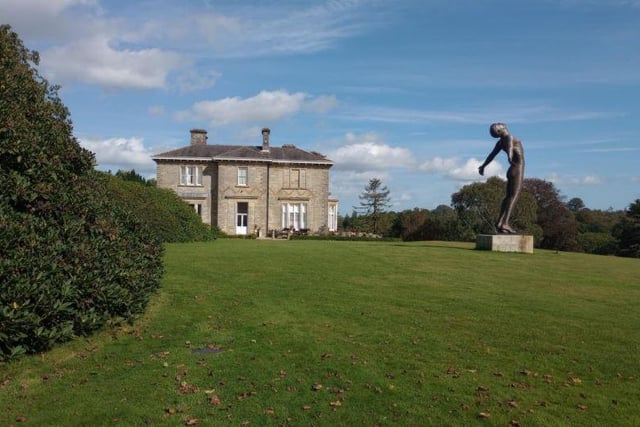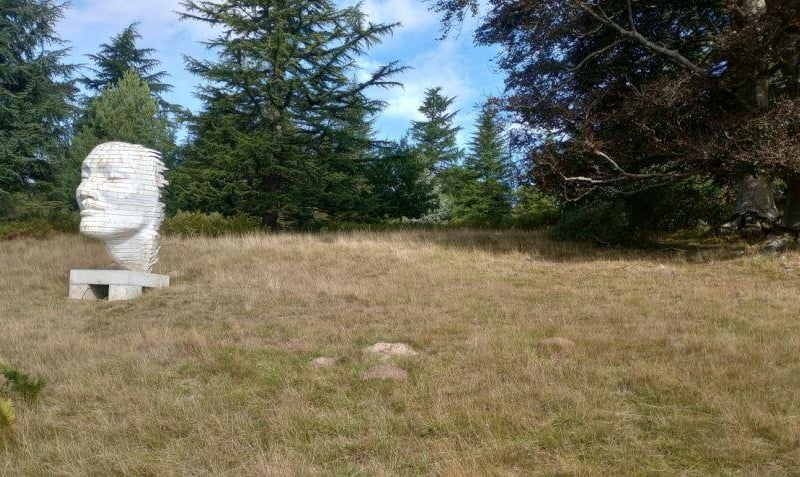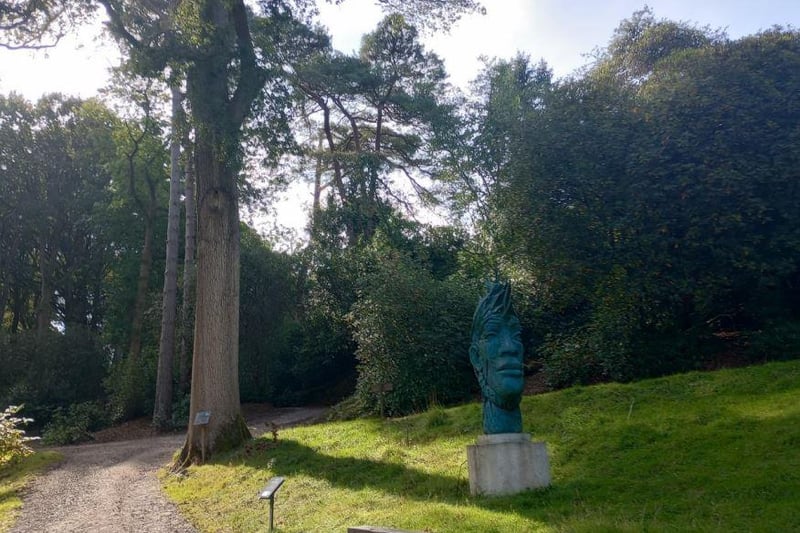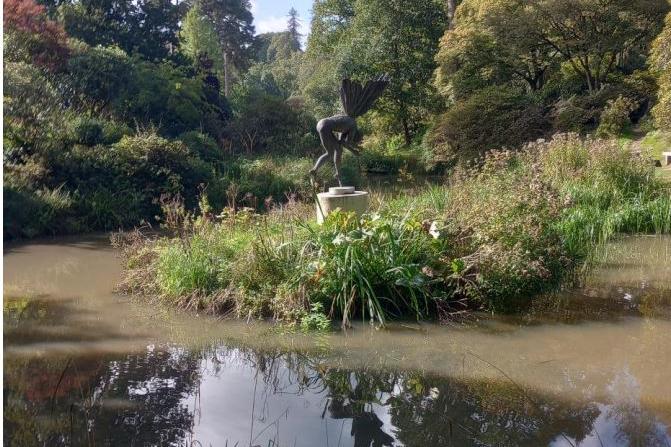Leonardslee Lakes and Gardens at Lower Beeding was granted planning approval last year for the permanent installation of 50 artworks of varying sizes around its grounds.
But in granting approval, Horsham District Council stipulated a series of conditions relating to ecology.
Now specialists at ecology group Temple have come up with a number of recommendations including the installation of owl, bird and bat boxes at various locations within the gardens, along with the creation of a wildflower meadow.
The Leonardslee Lakes and Gardens estate contains a steep sandstone valley and seven man-made lakes interconnected with woodlands, scrub and landscaped gardens.
The estate also includes areas of ancient and semi-natural woodland, ancient replanted woodland, deciduous woodland and lowland heathland.
The 50 sculptures have been installed on concrete plinths, varying in size, which in total cover around 50 square metres within the estate which includes Leonardslee House, lakes, a vineyard, deer park, woodland and several landscaped gardens.
A survey of the area has been carried out to assess the impact of the sculptures on surrounding habitats and to find suitable compensation measures for any habitat loss.
Nine species of bat were identified, along with Hazel dormice, barn owls, slow worms and other species of reptile, sett-building badgers and foraging hedgehogs.
Now a biodiversity strategy for protected and priority species has been drawn up by ecology specialists Temple aimed at compensating for any lost key habitats, including woodland, grassland and wood pasture; increasing the quality of habitats and maintaining a favourable conservation status for protected species.
It recommends planting 50 square metres of wildflowers, allowing any deadwood that falls from trees to remain in situ to benefit fungi and invertebrates; the provision of four bat boxes; allowing woodland to develop and regenerate naturally in areas less frequented by visitors and away from pedestrian footpaths with a planting scheme to encourage growth which would benefit hazel dormice.
The gardens are also home to a variety of birds including Red Kite, Hobby, Crossbill, Firecrest and Barn Owl as well as common breeding bird species.
Recommendations to enhance the site for birds include the incorporation of four bird boxes and a barn owl box.

1. Leonardslee sculptures
One of the 50 sculptures installed near the main house at Leonardslee Lakes and Gardens in Lower Beeding Photo: Contributed

2. Leondarslee sculptures
One of the sculptures located in the deer park at Leonardslee Gardens Photo: Contributed

3. Leonardslee sculptures
A sculpture situated near Bluebell Bank at Leonardslee Gardens Photo: Contributed

4. Leonardslee sculptures
A sculpture on Engine Pond at Leonardslee Lakes and Gardens Photo: Contributed
